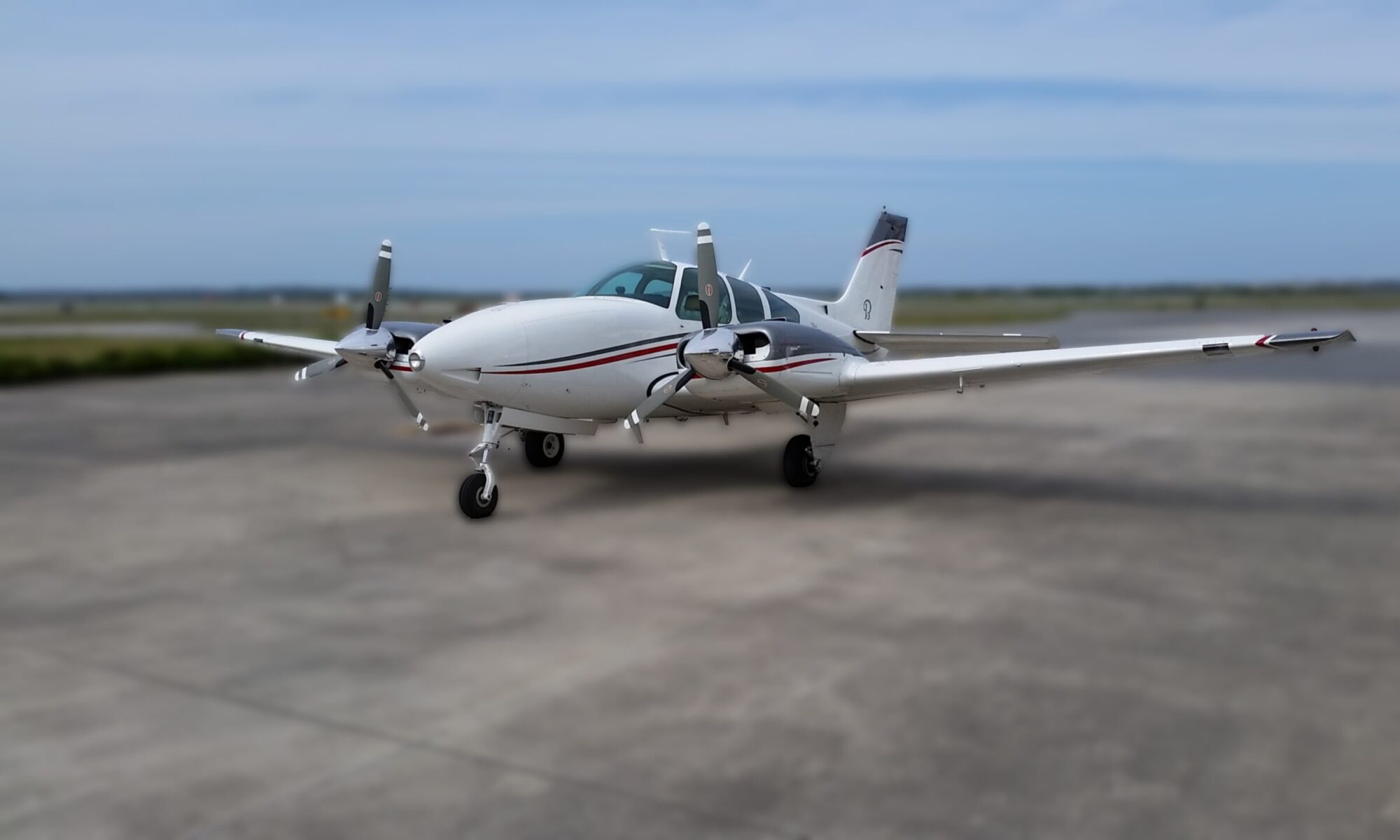According to The Federal Aviation Administration’s 2015 General Aviation Survey of active fixed wing piston aircraft, 85% of single-engine aircraft, and 92% of twin-engine aircraft on the registry are more than 30 years old. New aircraft represent a small fraction of the population, with only 1-2% of the fleet being less than 5 years old. A simple explanation is that the acquisition costs for a typical new high-performance single-engine aircraft is approaching one million dollars, with twin-engine models reaching 1.5 million dollars. The utility derived from new vs. legacy aircraft is similar, especially when equipped with modern navigation systems, excellent maintenance history, and new cosmetics. Private aircraft owners are actively flying for business and pleasure, but are experiencing a diminishing supply of aircraft with these attributes. A new aircraft purchase is out of reach for many, and as such, Piston aircraft consumers have demonstrated that they are willing to buy older aircraft and retain them for longer periods of time. As the market sees increasing value and utility in legacy airplanes, and the mature fleet continues to require more in-depth attention to maintenance and overhaul, there is an increasing need for capable aircraft restoration facilities.


RIVKIN AIRCRAFT CORPORATION
REBUILDING GENERAL AVIATION ONE AIRCRAFT AT A TIME